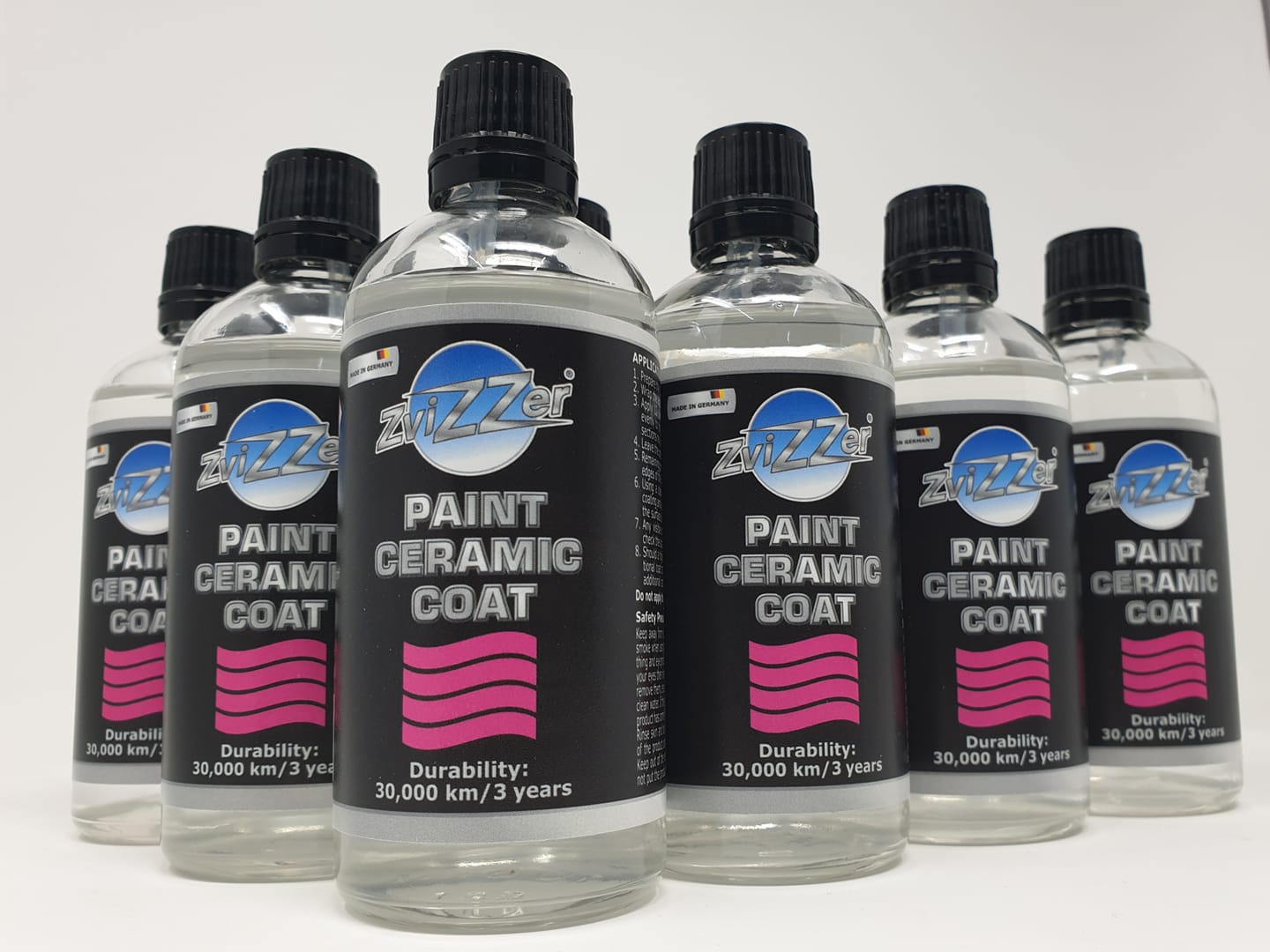Graphene vs Ceramic Coatings
Ceramic coatings and sprays have emerged as the primary guardians in the realm of automotive detailing, offering top-tier protection. Not long ago, ceramic-infused coatings, waxes, sealants, and spray coatings were exclusive offerings at dealerships and detailing outlets. Today, they've permeated the landscape, finding a place in virtually every DIY detailer's toolkit. The market boasts an array of products from major car care brands, with some proving their efficiency while others fall short, languishing on shelves.
Do ceramic coatings live up to their claims?
Undoubtably. The compound silicon dioxide (SiO2) present in ceramic coatings offers markedly superior protection compared to traditional waxes and sealants. Leveraging nanotechnology, these coatings bond with surfaces — paint, wheels, glass, and trim—at a molecular level. This process effectively fills in minuscule imperfections on your vehicle's paint, resulting in a hydrophobic surface so smooth that it imparts a distinct "slick" tactile feel.
Do Ceramic and Graphene Coatings Come at a High Cost?
The pricing spectrum for ceramic coatings varies widely. Premium-grade ceramic products, known for delivering optimal outcomes, often exceed £100 per bottle and some are only accessible to certified professionals. DIY alternatives from brands like Infinity Wax and CarPro usually sit at around £45+. Additionally, numerous spray-based ceramic coatings such as Autobrite Hard Coat, Carbon Collective Clear Coat Lite, among others present more affordable options suitable for a broader consumer base.
What is the Lifespan of Ceramic Coatings?
Ceramic coatings boast remarkable durability, ranging from a few months to several years. Professional-grade ceramic coatings assert longevity of up to 5-7 years, a significant leap from traditional paste wax that lost its hydrophobic properties within 90 days. While authentic ceramic coatings offer exceptional durability, they may not suit everyone's needs or financial constraints.
What is a Graphene Coating?

